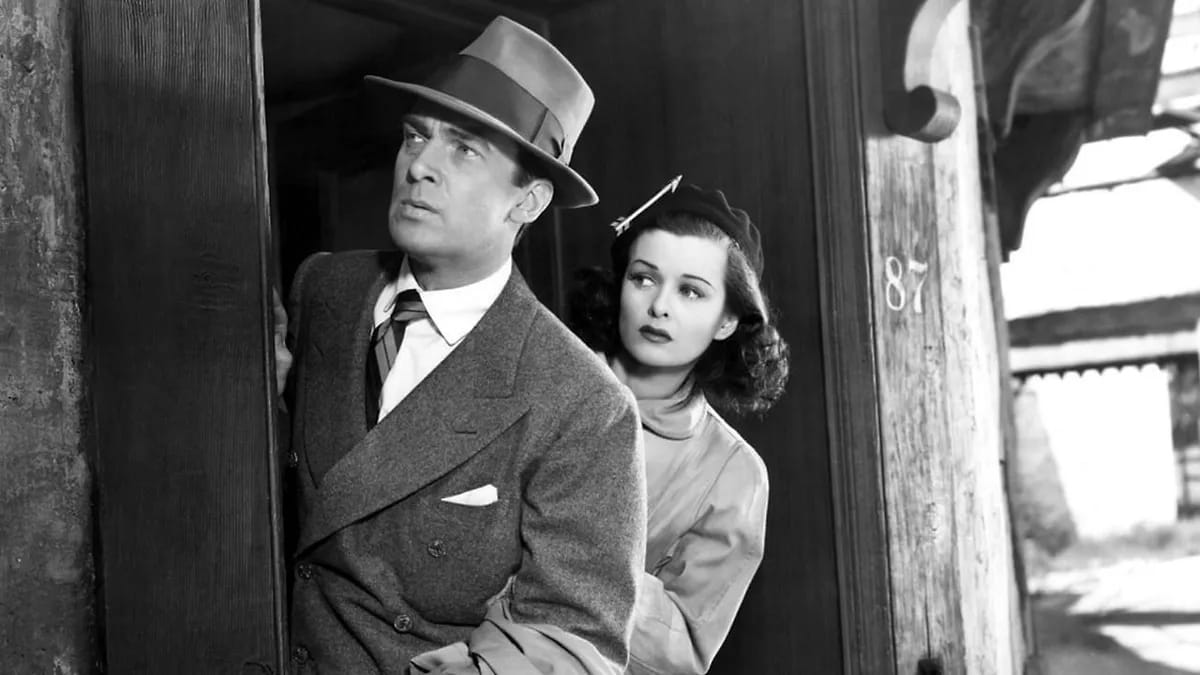Fritz on Fridays: Man Hunt (1941)
What greater thrill could there be than killing the leader of the Third Reich?

Beginning with an active camera in a dense forest with an abundance of foliage and an even greater abundance of things to trip over, Fritz Lang’s Man Hunt drops the viewer in medias res “somewhere in Europe” as the title cards inform despite a clear plot-demanded reason for it being Berchtesgaden in Germany — following big-game British hunter Alan Thorndike (Walter Pidgeon) on a “sporting stalk.” The idea of the stalk flows from the claim that the thrill of hunting comes from the moments before the kill — one creature’s potential to deprive the other of life — and not from the actual act of violence. It’s 1939 Europe, and Thorndike wants to peer down his scope at the biggest game around — Adolf Hitler. So, consistent with the only type of fan fiction deemed acceptable in literature, Man Hunt (an adaptation of Geoffrey Household’s novel Rogue Male) begins with a near assassination of the Nazi despot that a guard diverts as Thorndike’s finger caresses the trigger. What greater thrill could there be than killing the leader of the Third Reich?
The scene is marvelous. Thorndike, and Lang too, pays tremendous attention and even devotion to the details of the “hunt.” Before he can shoot (or pretend to shoot), he must first find the vantage point, assemble the scope and calculate the distance from shooter to target. There is a James Bond coolness to the professionalism of the trained killer. He can kill anything in the world with the right tools, and his mastery of the minute details attest to his accomplished skills with a gun. Unfortunately, the rest of Lang’s adaptation of Household’s book never reaches the same satisfying thrill as its opening — not even a climax in which Thorndike constructs a bow and arrow from the random assortment of human and non-human items lying around in the cave in which he’s ensnared.
Continue reading at the Midwest Film Journal.